Solarflare
No longer a newbie, moving up!
- Joined
- May 24, 2012
- Messages
- 2,898
- Reaction score
- 395
For the record, not even one of these values is any relevant.
The 1D X is better than the D4s, but not because of these academic differences.
One big difference is that the AF algorithms of Canon are currently better than the ones of Nikon (which affects all their DSLRs).
The 1D X is better than the D4s, but not because of these academic differences.
One big difference is that the AF algorithms of Canon are currently better than the ones of Nikon (which affects all their DSLRs).





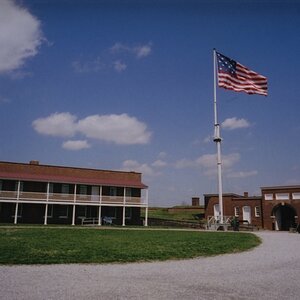
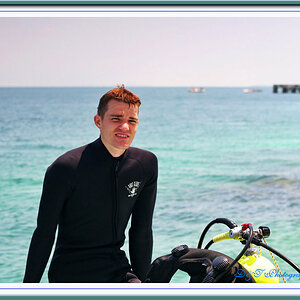
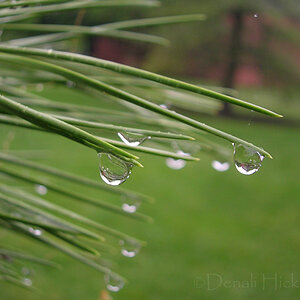
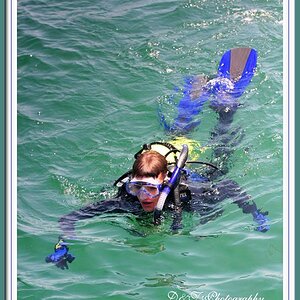
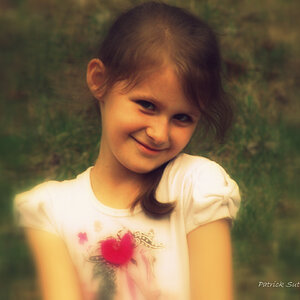
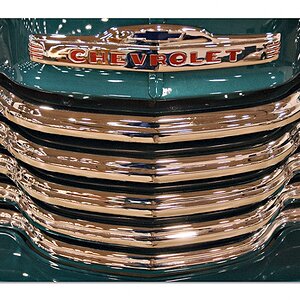
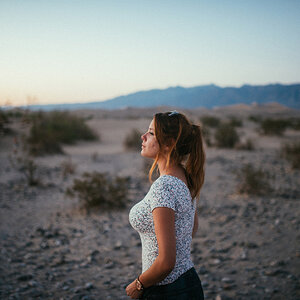
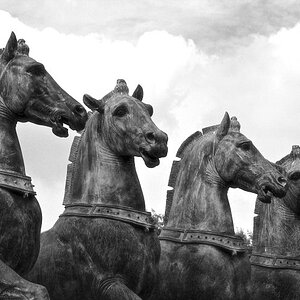
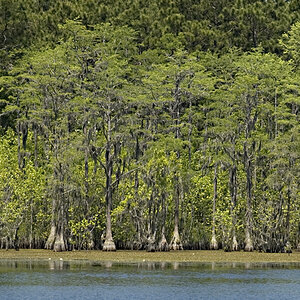

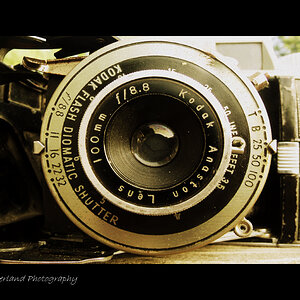
![[No title]](/data/xfmg/thumbnail/34/34746-f8e4b50f9d9b0de43c95af3d2caf956b.jpg?1619736628)